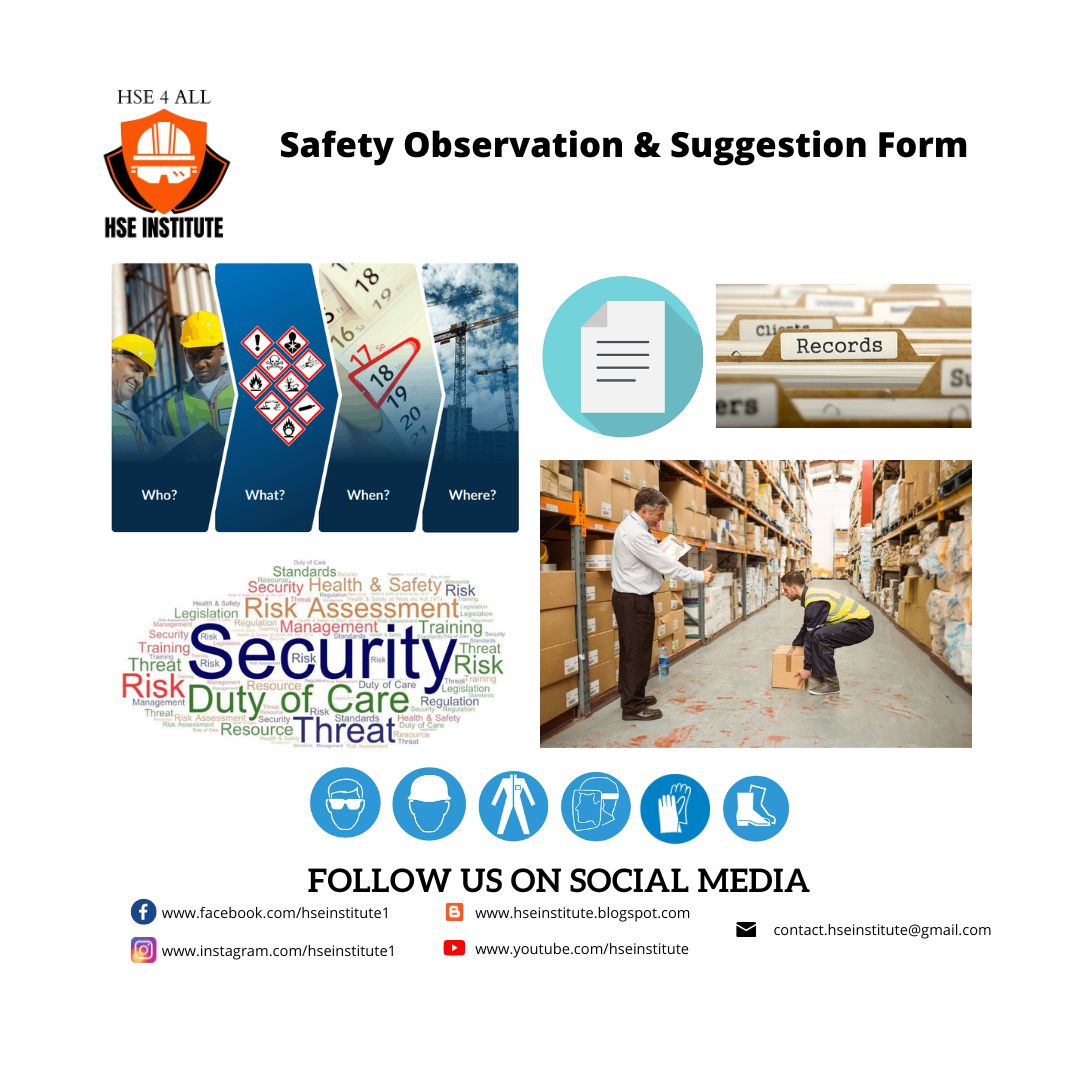HSE Objectives Achievement Planning Register
Download the HSE Objectives Achievement Planning Register👈
HSE Objectives are the set of goals, which are decided by the organization to achieve using the resources available and ensure compliance with the regulations, as well as improve the performance. These goals and objectives should be planned, and SMART of the nature.
Now, what is the SMART goal?
Smart goals are SPECIFIC, MEASURABLE, ACHIEVABLE, REASONABLE, AND TIME BOUND.
S = Specific
M = Measurable
A = Achievable
R = Reasonable
T = Timebound
If any of the above-mention elements in a goal is missing, the goal achievement becomes cumbersome. The organization must ensure its objectives/ goals are smart and can be achieved with the resources.
Now the thing to remember is an organization must ensure the planning of these objectives/ goals.
- The objective should be decided
- The identification of the person who will achieve this objective
- What is the time period allocated to achieve this objective
- What resources are available to achieve this objective
- Once the objective has been achieved, how the outcome/result will be evaluated?



%20Form.jpg)















